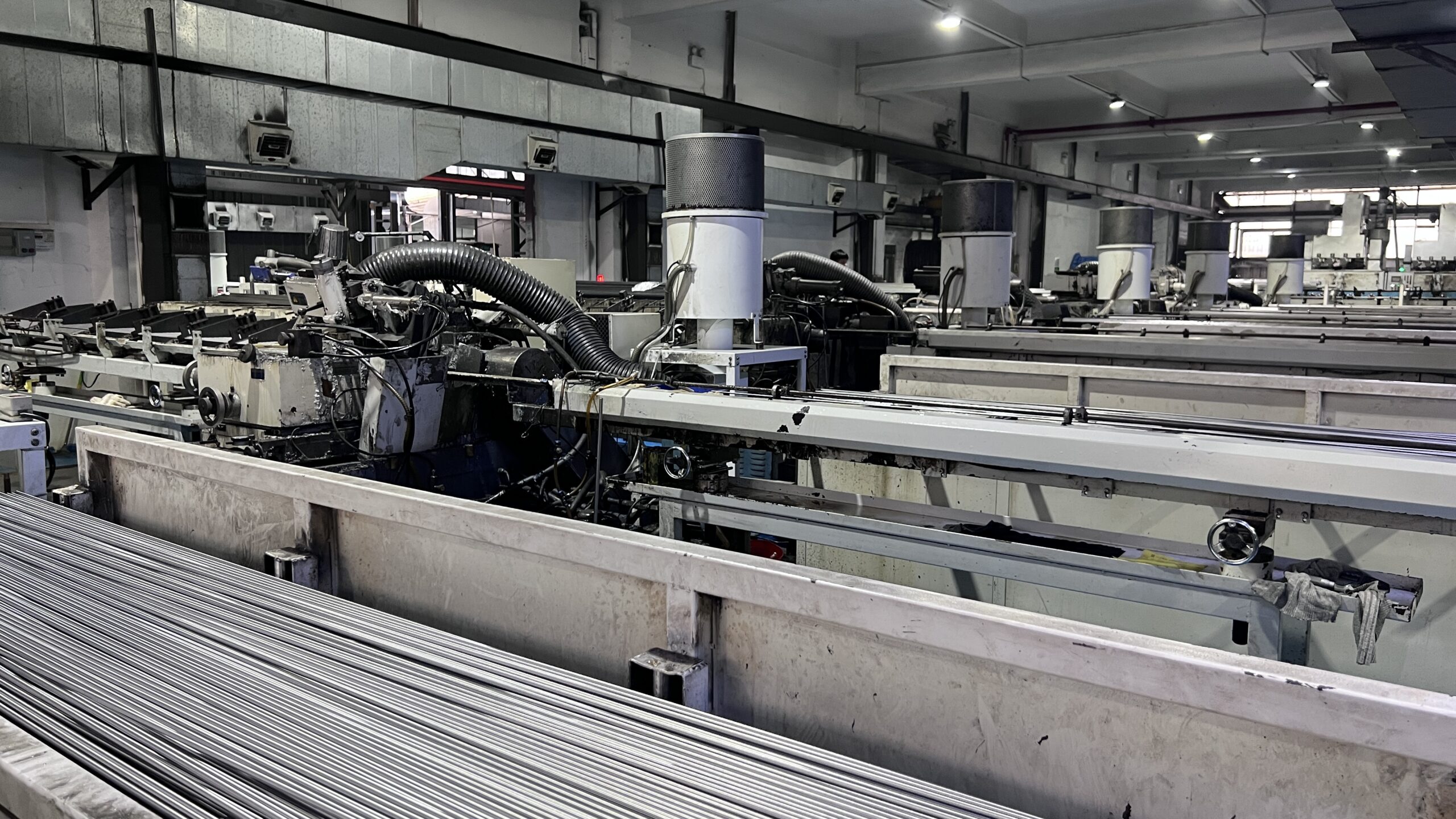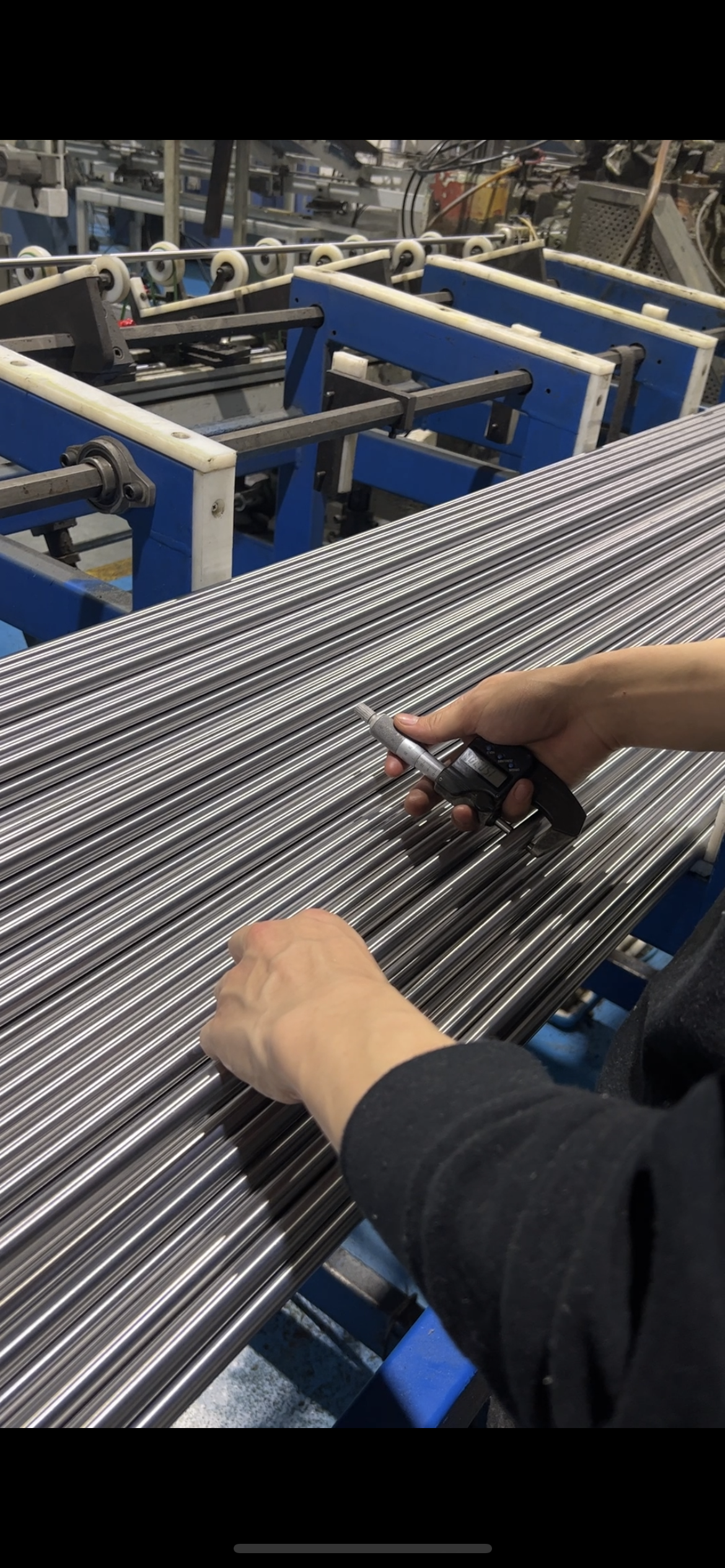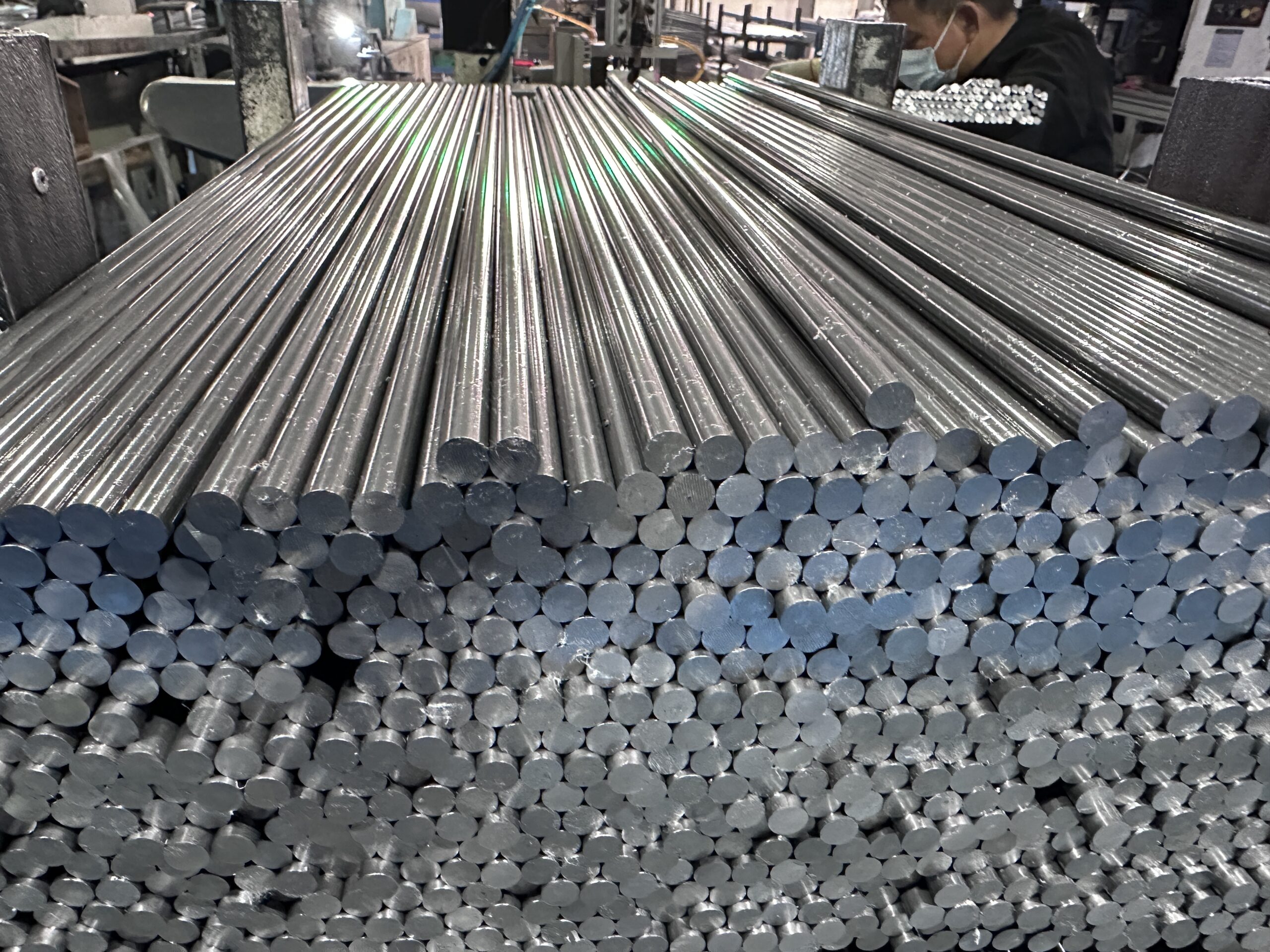Food processing requires materials that ensure hygiene, resist corrosion, and meet strict safety standards. 304 stainless steel rods have become an essential component in this industry due to their excellent performance under such demanding conditions.
Why 304 Stainless Steel Is Suitable for Food Processing
304 stainless steel contains 18% chromium and 8% nickel, providing excellent resistance to moisture, acidic substances, and cleaning agents. It does not leach into food, ensuring safety and compliance with food-grade standards.
Key Benefits of Using 304 Stainless Steel Rods
| Benefit | Description |
|---|---|
| Corrosion Resistance | Withstands acidic, salty, and moist environments commonly found in food facilities |
| Non-Reactive Surface | Does not affect taste or safety of food products |
| Easy to Clean | Smooth surface prevents bacterial buildup and is easy to sanitize |
| High Strength | Withstands mechanical stress during processing |
| Long Lifespan | Durable under frequent use and regular cleaning |
Real-World Applications in the Food Industry
| Application Area | Example Use |
|---|---|
| Food Machinery | Shafts, frames, and fittings in processing equipment |
| Conveying Systems | Support rods and structural elements in conveyors |
| Cutting Tools | Blades and mechanical components in slicing machines |
| Packaging Equipment | Mechanical arms and support shafts in packaging lines |
| Storage & Handling | Racks, trays, and bins exposed to moisture and cleaning agents |
Compliance and Certifications
304 stainless steel rods used in food applications often comply with standards such as FDA, NSF, and EU regulations for food-contact materials. This ensures global usability in food production systems.
From structural components to mechanical elements, 304 stainless steel rods support safe and efficient food processing. Their combination of hygiene, strength, and durability makes them the go-to material across the food manufacturing supply chain.







